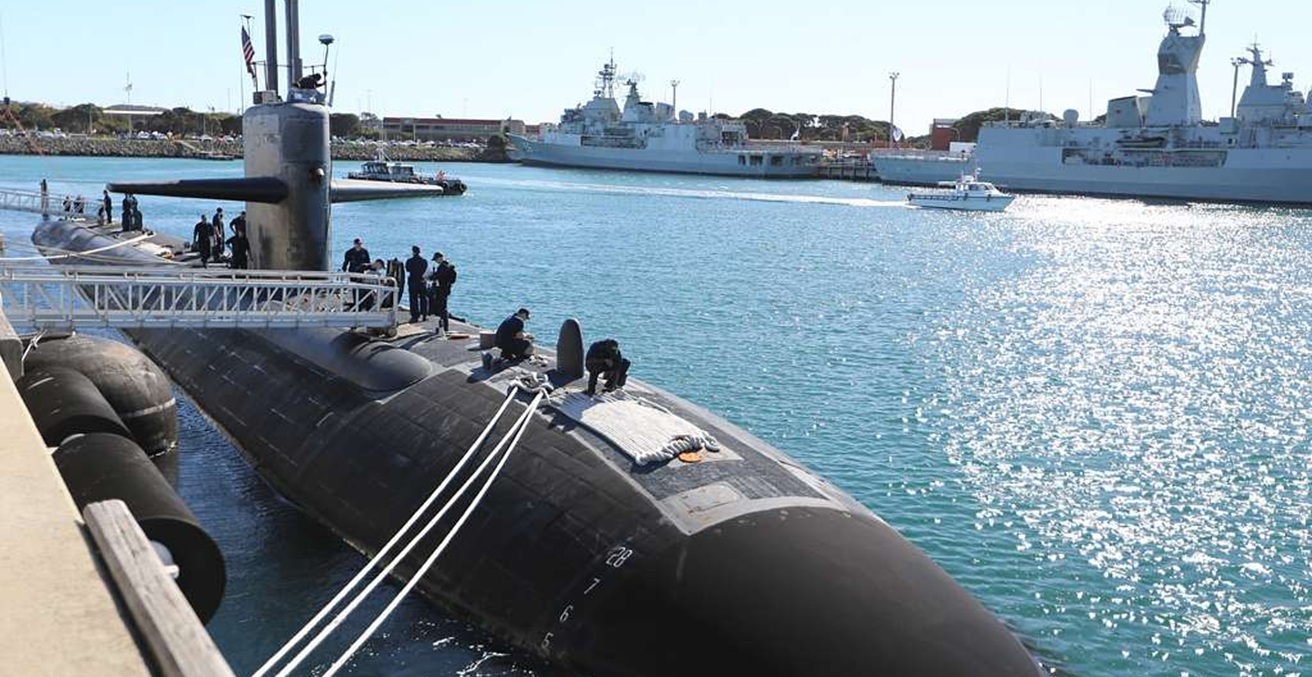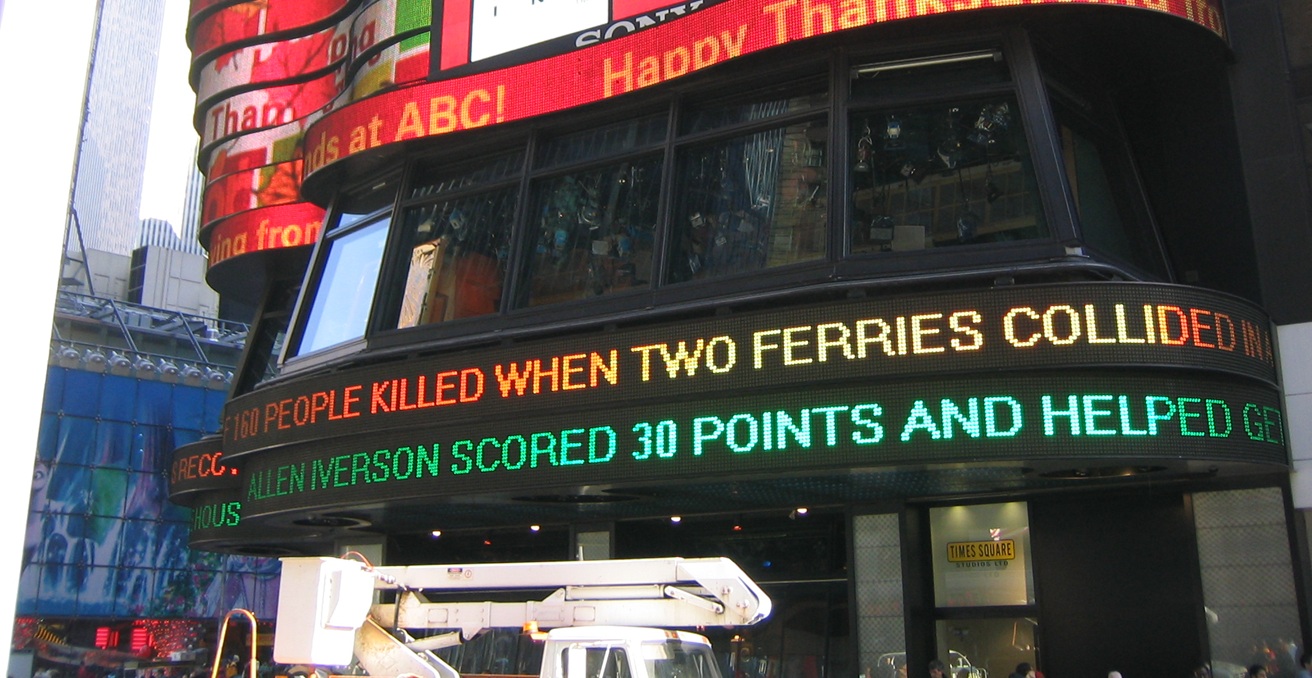As we’ve seen, Australia has engaged economically with Asia since Indigenous times, but two World Wars and a Great Depression stunted progress in the early twentieth century. Post-World War II, Australia started to realise its economic future lay in the Asia-Pacific region, as economic development lifted millions of people out of poverty and created lucrative export markets for Australia. In terms of governing this transition, both sides of politics played a role.
In 1957, Country Party Leader and Trade Minister Sir John ‘Black Jack’ McEwen forged the Commercial Agreement with Japan. The agreement, signed by McEwen and Japanese Prime Minister and Foreign Minister Nobusuke Kishi (grandfather of current Japanese Prime Minister Shinzo Abe), gave Australia a beach head into the Asian Century, and allowed Japan back into the multilateral trading system after the horrors of the War and the militarist regime. McEwen had to fight members of his own party, particularly returned soldiers who, as Prisoners of War (POW), had suffered at the hands of the Japanese. According to Doug Anthony, McEwen’s successor as Country Party (later, National Party) leader: “The RSL were very uneasy with McEwen making headway with Japan. The RSL formally opposed it although some senior members privately backed McEwen and, in the end, he outwitted them all.” But it worked, and in less than a decade, Japan had overtaken the UK as Australia’s number one export destination and later became a major foreign investor in Australia.
On the Coalition side of politics, the Country (National) Party drove Asian engagement as much as the Liberal Party, if not more. Tim Fischer was a champion of closer ties with Asia, particularly Thailand, and as Doug Anthony reflected, his party wanted to ‘pivot’ towards Asia more than Menzies did:
“Unlike Menzies, McEwen wanted us to do more in Asia. And just as well he did, because when Britain later joined the Common Market, they wanted nothing to do with us and luckily, we had developed these alternative markets in Asia by then. McEwen and public servant Jack Crawford really started it all off.”
And it suited both McEwen and Menzies to let McEwen take the lead on the Japan agreement. Anthony recalls: “McEwen thought the decision was ‘natural’ as he thought Japan was the obvious place for Australia to go trade-wise after the UK and the USA. And Menzies let McEwen pursue Japan, given the political risk involved and the fact that Menzies was more comfortable with the UK given his love of Britain’s legal and academic institutions. Menzies didn’t want to push ourselves into Asia too much.”
In 1971, it was Labor’s turn. Opposition Leader Gough Whitlam, on the eve of becoming the first Labor Prime Minister since 1949, travelled to Peking (Beijing) and made it party policy to recognise China. It was a huge risk with the Cold War still on, and Whitlam faced much criticism. That subsided when it was revealed that Henry Kissinger and President Richard Nixon were planning the same course of action as Whitlam. Whitlam won the election and visited Beijing in 1973 as Prime Minister.
For Whitlam, there was also the dreaded White Australia Policy to get rid of. “You can’t trade with people if you don’t let them in your country” was Whitlam’s logic, as he and South Australian Labor Premier Don Dunstan made sure that immigration policy was not determined by race. As Whitlam later said: “The White Australia Policy, championed by the labour movement as anyone else, crippled our credibility in Asia for a century”.
Of course, Whitlam got a lot of credit for China, even from the Country Party, whose Leader Doug Anthony once said: “Gough’s trip to China surprised us all. Gough always wanted to take a risk and make a big statement with everything including foreign policy.”
Whitlam also got credit from within his own ranks on China as a foreign policy achievement more than an economic one. As former Prime Minister (then ACTU President) Bob Hawke said about Whitlam: “What Gough knows about economics you could write on the back of a postage stamp and still have some room to spare.” Hawke had wanted Whitlam to focus more on economics, and just before the 1972 election, at the ALP federal executive, he said: “Gough…you’re going to do some great things in government in the social welfare area and internationally…but your government will live or die on how you handle the economy.”
When I put this to Whitlam in an interview about his time as Prime Minister compared to Bob Hawke’s, Whitlam said: “Bob Hawke’s greatest advantage as Prime Minister was that he didn’t have to deal with Bob Hawke as ACTU President.”
In the 1980s and 1990s, it was Labor’s turn again. The Hawke-Keating reforms made a big difference to Australia’s future prosperity.: opening up the economy, reducing tariffs, floating the exchange rate, setting up new regional institutions like APEC, and actively engaging in the region (e.g. Foreign Minister Gareth Evans’s peace negotiations in Cambodia). Hawke’s championing of Chinese students in a tearful speech in the aftermath of Tiananmen Square was symbolic of his passion for China and better relations with Asia, and after a hard nine years as a reforming Treasurer, Keating made engagement with Asia the centrepiece of his prime ministerial vision for the nation’s future.
John Howard was very diligent in building relations in Asia, but his heart was really in the Anglo-American world. Hawke was managerial and competent in Asia. But Paul Keating really started to pull the strings and assemble the elements of good, deep relations. Keating was a calculated risktaker. He put himself on the line over Asia, like he did in Aboriginal Affairs with the famous Redfern speech. He had confidence in himself and confidence in Australia that the country could do great things as part of the Asia region.
Finally, post-Hawke-Keating, both sides of politics made contributions, particularly during global economic downturns. Howard and Peter Costello kept their nerve during the 1997-1999 Asia Financial Crisis, as did Kevin Rudd’s government during the 2008 Global Financial Crisis . The domestic stimulus package designed by Ken Henry (“Go hard, go early, go households”) stimulated local economic activity and employment – as did the China and ASEAN stimulus packages – and Australia was one of the few major economies to avoid recession.
Now, we have some new challenges with the rise of economic populism, breakdown of multilateral institutions, climate change, and health crises. But one thing is for sure: Australia’s economic ties with Asia will be an advantage as we grapple with these global economic problems and disruptions. As Keating said, “we get our security in Asia not from Asia.”
Of course, there are a lot of unsung heroes in this story beyond Prime Ministers and Trade Ministers. Businesspeople, trade officials, trade unionists, economists, and educators have played an important role. So have key players offshore, Asian statesmen and women who are well-disposed to Australia. And then there’s the role of Asian immigrants and Australians with Asian origins.
In 1966, the celebrated economic historian Geoffrey Blainey wrote that Australia’s history was shaped by “The Tyranny of Distance.” Yet that very year, Japan overtook the UK as our number one export destination (a title held more recently by China). In that moment, “The Power of Proximity’ was beginning to take shape as Australia began to find its economic place in the Asian Century.
Tim Harcourt is the J.W. Nevile Fellow in Economics at UNSW, Sydney and host of The Airport Economist TV show and The Airport Economist Podcast.
This is part two of a two-part article on Australia and the Asian Century.
This article is published under a Creative Commons Licence and may be republished with attribution.




